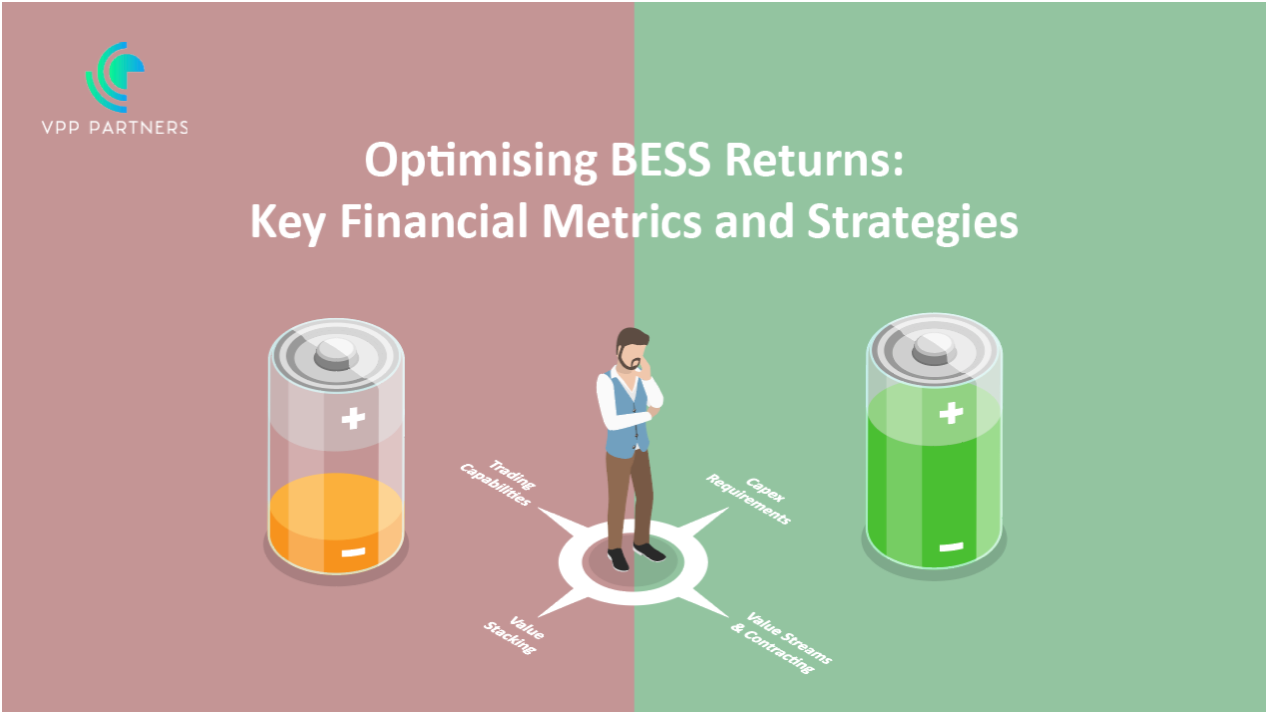Turning Business Strategy into Action
Turning Business Strategy into Action: The VPP Partners Approach

*"A great strategy without execution is just a wish." - Larry Bossidy*
In the dynamic world of business, strategy serves as the guiding light that charts the course for success. Yet, time and again, we witness organisations investing heavily in crafting brilliant strategies only to falter when it comes to implementation. At VPP Partners, we believe that strategy is not merely a plan on paper but a living, breathing roadmap that must be operationalised to achieve tangible results. Join us as we explore the essential need to turn your business strategy into an actionable and tactical plan, unlocking the true potential of your new energy products, offers, and services.
Aligning Vision with Execution
"Strategy without execution is like having a key without a door." - Peter Drucker
As businesses venture into the realm of new energy solutions, a clear and comprehensive strategy becomes paramount. It's the foundation upon which innovation and growth are built. However, without a strategic execution plan, even the most groundbreaking ideas may remain stagnant. At VPP Partners, we understand that bringing your vision to life requires meticulous planning, focused effort, and a seamless alignment of strategy with execution. Our approach centers on translating your strategic goals into actionable steps, ensuring every element of your business works in harmony to drive success.
Avoiding the Overspend Trap
"Strategy without tactics is the slowest route to victory. Tactics without strategy are the noise before defeat." - Sun Tzu
Many organisations fall into the overspending trap, channeling considerable resources into crafting the perfect strategy but neglecting the crucial operationalization phase. This misstep can result in wasted time, money, and missed opportunities. At VPP Partners, we advocate for a balanced approach, recognizing that strategy and tactics go hand in hand. Our experts work closely with you to develop a tactical plan that optimises your investments, maximises efficiency, and accelerates the launch of your new energy offerings.
Transforming Visionary Ideas into Reality
"The best vision is insight." - Malcolm Forbes
Innovation in the new energy space demands more than lofty ideas; it requires actionable insights. VPP Partners has honed the art of turning visionary concepts into concrete, market-ready products, offers, and services. Our tactical planning process involves in-depth market analysis, competitive intelligence, and comprehensive risk assessment. We leave no stone unturned to ensure your strategy is supported by a robust and agile tactical approach that enables you to stay ahead of the curve.
Maximizing Impact with VPP Partners
"A goal without a plan is just a wish." - Antoine de Saint-Exupéry
In the fast-paced world of new energy solutions, success belongs to those who can effectively execute their vision. VPP Partners is your strategic ally, empowering your organisation to maximize its impact and drive tangible results. By turning your business strategy into an actionable and tactical plan, we ensure that your efforts translate into real-world achievements.
Ready to embark on a transformative journey with VPP Partners? Connect with us today and let's illuminate the path to success in the new energy landscape. Together, we'll create a strategy that thrives in execution, shaping a sustainable and prosperous future for your business. hello@vpppartners.com



